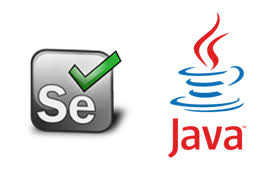
Test automation is the use of software to control the execution of tests, the comparison of actual outcomes to predicted outcomes, the setting up of test preconditions, and other test control and test reporting functions. Commonly, test automation involves automating a manual process already in place that uses a formalized testing process.
Advantages:
Reliable: Tests perform precisely the same operations each time they are run, thereby eliminating Human error
Repeatable: You can test how the software reacts under repeated execution of the same operations.
Programmable: You can program sophisticated tests that bring out hidden information from the application.
Comprehensive: You can build a suite of tests that covers every feature in your application.
Reusable: You can reuse tests on different versions of an application, even if the user interfaces changes.
Better Quality Software: Because you can run more tests in less time with fewer resources
Fast: Automated Tools run tests significantly faster than human users.
Cost Reduction: As the number of resources for regression test are reduced.
Reporting: Customized reporting of application defects
Manual Testing.
Knowledge on either Core Java or C#.
1.Why Selenium tool
1.Differences between Selenium and other tools